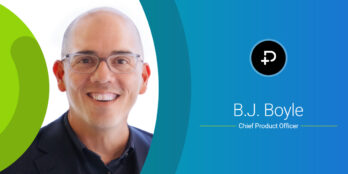
The Cost of Not Having an Emergency Preparedness Plan
 3 min
3 min
If 2020 has taught us anything, it’s that we need to be prepared for the unexpected. Since COVID-19 began, healthcare providers have struggled to adapt their operations to adjust to new normal of the global pandemic. But it’s not just the pandemic we need to consider. Hurricanes, tornados, fires, and other unexpected disasters can wreak havoc on our healthcare system as well. So how do we prepare for the unexpected? We create an Emergency Preparedness Plan.
What is an Emergency Preparedness Plan?
The health and safety of your staff and residents is your top priority, but the unpredictable nature of our environment requires providers to do more than just react, we need to be proactive in anticipating what is needed in order to survive an emergency.
An effective Emergency Preparedness Plan covers staffing, support, and the supplies needed to ensure facilities are equipped to be successful and to execute quickly in a crisis. It will account for all residents, provides a broad view, and includes key administrators, associations, departments of public health, local and county health services, and anyone else who is involved in patient care. Lastly, it will detail how these entities will work together and align to be effective and efficient.
How to create an Emergency Preparedness Plan
The first step in for an Emergency Preparedness Plan is the plan. Providers need to create a roadmap to identify the organizations action plan. Next, we need to execute the plan. Practice you action plan to condition your staff and residents on what to do in an emergency. It’s like a fire drill. We’ve all done them; you exit the building through your designated fire exits and ensure that you have a headcount of all those involved. Why not prepare for other types of emergencies too? The last step is to sustain the plan. Reinforce your plan regularly so your organization is always prepared to spring into action.
Not having a plan is no longer an option
Simply put — an Emergency Preparedness Plan is no longer an option, it is a necessity. The impact of COVID-19 will be a lesson to us all that we do not have the luxury of being unprepared. The risks of not having a plan have become obvious this year as providers have had to scramble to ensure their patients and staff are safe. Without a plan, there is an increased risk of data loss, human error if systems are down, poor reputation, failure to report to family and stakeholders, and worst of all, an increased risk to the safety of your residents and staff.
PointClickCare’s Emergency Preparedness Program
As a partner to the LTPAC healthcare industry, we want to help senior care providers prepare for the unexpected. That’s why we created the PointClickCare Emergency Preparedness Program. By signing up for this program, you’ll receive regular updates and resources including webinars, checklists, and guides, so you can care confidently no matter what comes next. With our program, you’ll be able to:
- Ensure the safety and wellness of your residents and staff
- Stay connected and communicate with family members and your vendors
- Be confident that you’re prepared with a proper crisis-readiness process
- Get back to normal faster with the right disaster recovery protocols
October 20, 2020






